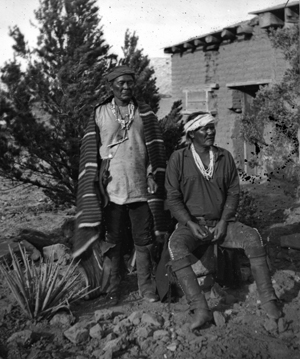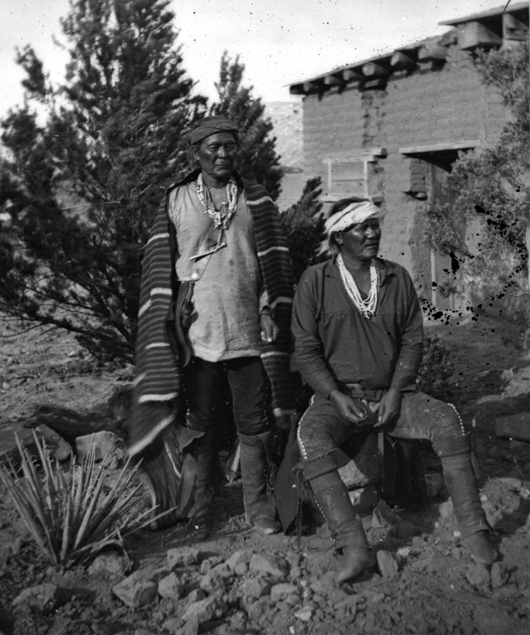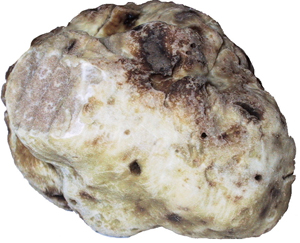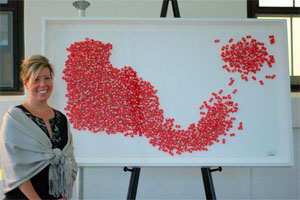PARIS (AP) – Pablo Picasso almost never stopped creating, leaving thousands of drawings, paintings and sculptures that lure crowds to museums and mansions worldwide. Now, a retired electrician says that 271 of the master’s creations have been sitting for decades in his garage.
Picasso’s heirs are claiming theft, the art world is savoring what appears to be an authentic find, and the workman, who installed burglar alarms for Picasso, is defending what he calls a gift from the most renowned artist of the 20th century.
Picasso’s son and other heirs say they were approached by electrician Pierre Le Guennec in September to authenticate the undocumented art from Picasso’s signature Cubist period.
Instead, they filed a suit for illegal possession of the works — all but alleging theft by a man not known to be among the artist’s friends. Police raided the electrician’s French Riviera home last month, questioned him and his wife and confiscated the disputed artworks.
Le Guennec and his wife say Picasso’s second wife gave them a trunk full of art that they kept virtually untouched until they decided to put their affairs in order for their children. The Picasso estate describes that account as ridiculous.
“When Picasso made just a little drawing on a metro ticket, he would keep it,” said Jean-Jacques Neuer, a lawyer for Picasso’s estate. “To think he could have given 271 works of art to somebody who isn’t even known among his friends is of course absurd.”
The pieces, which include lithographs, portraits, a watercolor and sketches, were created between 1900 and 1932, an intensely creative period for Picasso after he moved from Barcelona to Paris.
Among them are a richly colored hand study; a sketch of his first wife, Russian ballerina Olga Khokhlova, resting an elbow in a seated pose; and a collage of a pipe and bottle.
The collage and eight others in the stash are worth 40 million euros on their own, Picasso’s estate says. All of the art is now held by the French agency charged with battling illegal traffic in cultural items.
Le Guennec, 71, claims to have worked at three of Picasso’s properties in southern France: a Cannes villa, a chateau in Vauvenarges, and a farmhouse in Mougins, the town where Picasso died in 1973. The French daily Liberation, which broke the story Monday, said Le Guennec had installed a security alarm system for Picasso at the farmhouse.
“It’s a big surprise both in terms of the numbers and the quality… (of works) appearing from one day to the next,” said Anne Baldassari, president of the Picasso Museum in Paris. “We are moved, surprised, intrigued — firstly moved, to have found an uninventoried stash of Picasso works.”
Guennec’s wife Danielle told The Associated Press by phone from their home in the town of Mouans-Sartoux, just north of Antibes, that the couple decided to come forward with the works this year because they were getting on in years, and “didn’t want to leave any headaches to our children” with their own estate. Her husband had undergone a cancer treatment operation in March, she said.
The couple didn’t intend to sell the art, she said.
“This was a gift,” she said. “We aren’t thieves. We didn’t do anything wrong.”
The work didn’t appear to be much to her untrained eye, she said: “But even if this was a little jot of the pencil, it did come from the master.”
Pierre Le Guennec, wearing a plaid shirt in an interview with France-2 TV outside his modest home, said he was given the trunk by Picasso’s second wife and most-painted muse, Jacqueline Roque.
“Madame gave them to me. And if she gave them to me, he had to be aware of it,” said Le Guennec. Roque died in 1986.
Picasso’s son Claude, quoted in Liberation, noted that his father was known for his generosity, but that he always dedicated, dated and signed his gifts, as he knew that some recipients might try to sell the works one day.
The estate administrators, who pored over the works for about three hours in September, considered that the works might be fakes. But they ruled that out because of the expertise, variety of techniques and the use of certain numbers in the works that no faker was likely to have known, Neuer said.
“My husband was well-regarded by the master,” Danielle Le Guennec said, but noted that the couple was having “a little difficulty” with his son.
“He’s stabbed us in the back, taken us to court and accused us of theft. He’ll have to prove it,” she said. “We’re still happy to have our works… we’ll see what happens next.”
The total number of Picasso works around the world remains unknown, said Baldassari. About 70,000 works have been inventoried among his heirs, but that doesn’t include works he sold off or are in museums, for example.
Picasso works are among the most coveted among thieves. In May, a Picasso lithograph was stolen from a collector’s home in southeastern Marseille; days earlier, one of his paintings was taken from a Paris museum — one of the works swiped in a massive $123 million art heist.
That same month, Nude, Green Leaves and Bust, a 1932 Picasso painting of his mistress, set a world record for any work of art at auction, selling for $106.5 million at Christie’s New York.
The Art Loss Register, which tracks stolen, looted or missing art, now lists 702 stolen Picasso pieces, including paintings, lithographs, drawings and ceramics. He is the most-listed artist in its database of 214,000 art pieces.
# # #
Copyright 2010 Associated Press. All rights reserved. This material may not be published, broadcast, rewritten, or redistributed.






